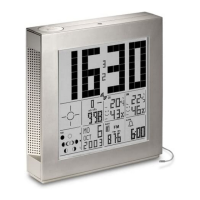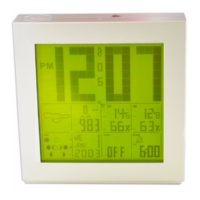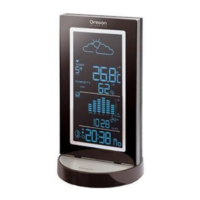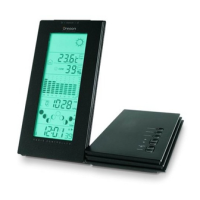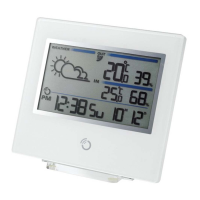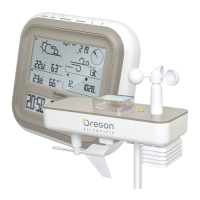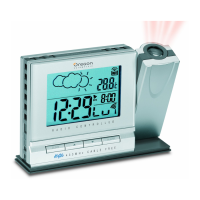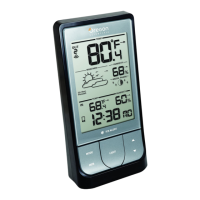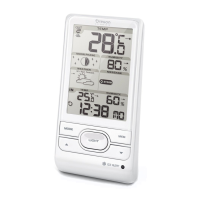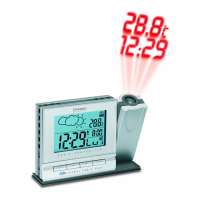What to do if Oregon Scientific S+ARCK PS-L03 Weather Station clock cannot auto-synchronize?
- JJeffery LynchAug 2, 2025
To resolve issues with your Oregon Scientific Weather Station failing to auto-synchronize, try these steps: 1. Remove the batteries. 2. Press the RESET button to return all memory items to their default settings. 3. Replace the batteries.
